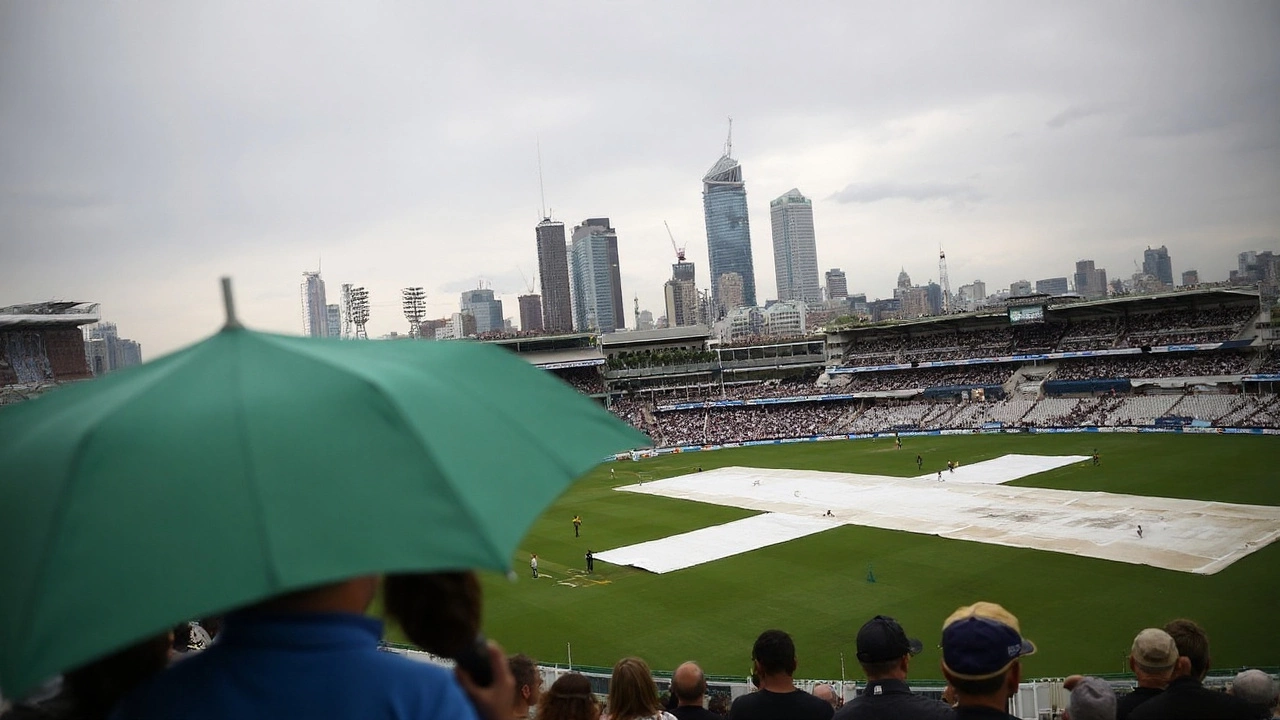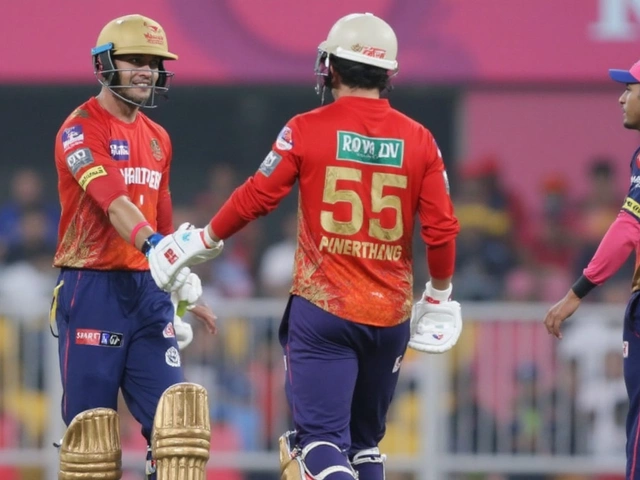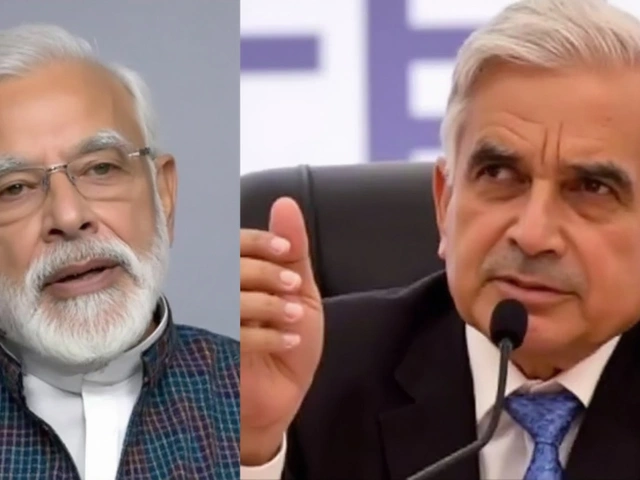Cricket Weather: What Every Fan Needs to Know
When you plan a day out to watch a cricket match, the biggest surprise often isn’t the bowling spell or a sudden wicket—it's the weather. A sudden downpour can freeze a game, while scorching heat can force teams to change tactics. Knowing how rain, humidity, and temperature affect cricket helps you stay ready, avoid disappointment, and keep the excitement alive.
Rain and Match Delays
India’s monsoon season runs from June to September, and during that window even big stadiums can get soaked. When the IMD (India Meteorological Department) issues an orange or red alert, organizers usually pause play after a few overs. The most common outcomes are a reduction in overs, a reserve day, or a complete postponement. In the IPL, for example, matches at Eden Gardens or Wankhede have been moved to reserve days because of unexpected showers.
What can you do? Keep an eye on the official team or league app for live weather updates. A quick glance at the IMD website or a reliable weather app will tell you if an orange alert is in place. If rain is likely, bring a waterproof jacket, an extra set of socks, and a portable charger—sudden stoppages mean you’ll be glued to your phone for updates. Also, check if the venue has a reserve day listed in the schedule; many tournaments announce that beforehand.
Heat, Humidity and Player Safety
When temperatures swing above 35 °C, the heat index can feel like 45 °C, especially in Delhi and other northern cities. High humidity makes the air feel even hotter, and players need more breaks. The board usually introduces a 15‑minute interval between innings, and bowlers may be given extra drinks. Fans should stay hydrated, wear a hat, and apply sunscreen even if it’s cloudy—UV rays still penetrate.
For those watching from the stands, pick seats under a shade or near a misting fan if the stadium offers one. Many venues now provide free water stations; refill your bottle instead of buying plastic. If you’re watching at home, set an alarm for the latest half‑hour when a break is scheduled so you can stretch, grab a cool drink, and avoid sitting in a stuffy room for too long.
Understanding local weather patterns also helps you predict when matches might be affected. Coastal cities like Kolkata get heavy rain from Bay of Bengal depressions, while inland venues like Ahmedabad face dry heat. So, if a match is in Kolkata during early September, expect occasional waterlogging and traffic snarls. Plan your travel accordingly—leave early, know alternate routes, and keep a small umbrella handy.
Bottom line: weather is part of cricket’s drama, not a glitch. By staying informed about rain alerts, heat warnings, and venue‑specific quirks, you can enjoy the game without unnecessary hassle. Keep a weather widget on your phone, check the match’s official page for any schedule tweaks, and pack the right gear. That way, whether it’s a rain‑stopped thriller or a sun‑baked batting feast, you’ll be ready to cheer on every ball.
Rain Looms Over India vs England 5th Test Finale at The Oval: Will Weather Decide the Winner?
Weather could steal the spotlight during the deciding day of the India vs England 5th Test at The Oval. With England close to their target and India eyeing a dramatic finish, rain chances rise sharply after midday, putting both teams’ hopes in the hands of the skies. Forecasts differ, making the final hours especially tense.





